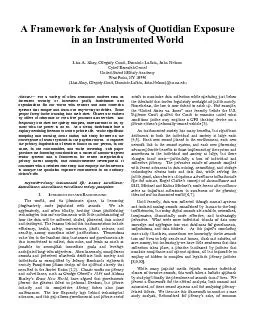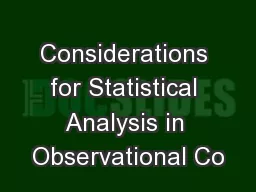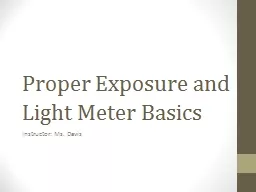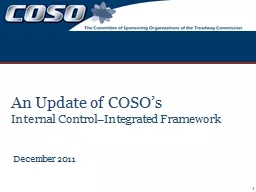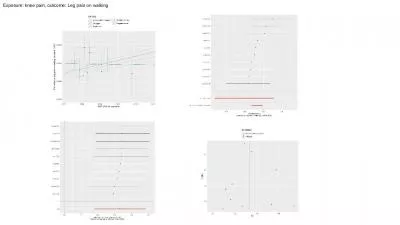PDF-A Framework for Analysis of Quotidian Exposure
Author : faustina-dinatale | Published Date : 2017-11-22
in an Instrumented World Lisa A Shay Gregory Conti Dominic Larkin John Nelson Cyber Research Center United Stated Military Academy West Point NY 10996 LisaShay GregoryConti
Presentation Embed Code
Download Presentation
Download Presentation The PPT/PDF document "A Framework for Analysis of Quotidian Ex..." is the property of its rightful owner. Permission is granted to download and print the materials on this website for personal, non-commercial use only, and to display it on your personal computer provided you do not modify the materials and that you retain all copyright notices contained in the materials. By downloading content from our website, you accept the terms of this agreement.
A Framework for Analysis of Quotidian Exposure: Transcript
Download Rules Of Document
"A Framework for Analysis of Quotidian Exposure"The content belongs to its owner. You may download and print it for personal use, without modification, and keep all copyright notices. By downloading, you agree to these terms.
Related Documents

